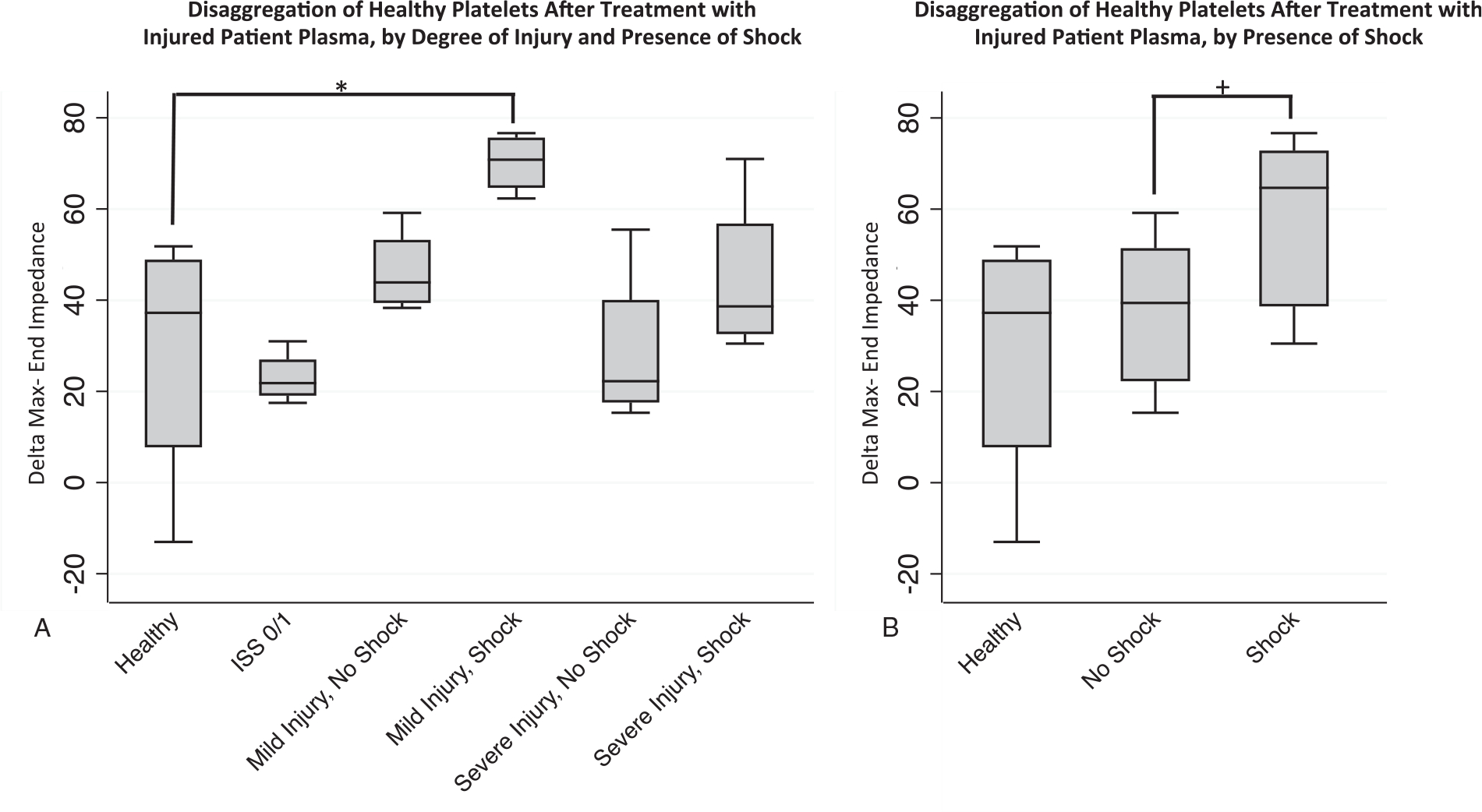Fig. 4. Effect of injured patient plasma treatment on healthy platelet disaggregation.

Healthy donor platelets were treated with individual injured patient plasmas and platelet aggregation responses to thrombin receptor activating peptide (TRAP) were then recorded by impedance aggregometry over 15 min. The end-impedance was subtracted from the maximum impedance as a measure of platelet disaggregation (y axis—delta max-end impedance), with higher delta indicative of increased disaggregation of platelets from the electrode. A, Trends toward increased disaggregation shown for injured patient plasmas compared with healthy controls, but only reached statistical significance for the comparison of healthy to mild injury/no shock group, *denoting P=0.021. n=4 plasmas for healthy group and n=8 plasmas for the trauma group (with each n representing the average value across the three healthy platelet donors). B, In aggregate, a significant difference in disaggregation between shock and no shock groups was observed, +denoting P=0.046. For other pairwise comparisons with healthy, all P>0.05. Statistical significance was assessed by pairwise Mann–Whitney U tests. n=4 plasmas for healthy group and n=8 plasmas for the trauma group (with each n representing the average value across the three healthy platelet donors). Data are presented as box and whisker plots (line—median, box—interquartile range, whiskers—adjacent values).
